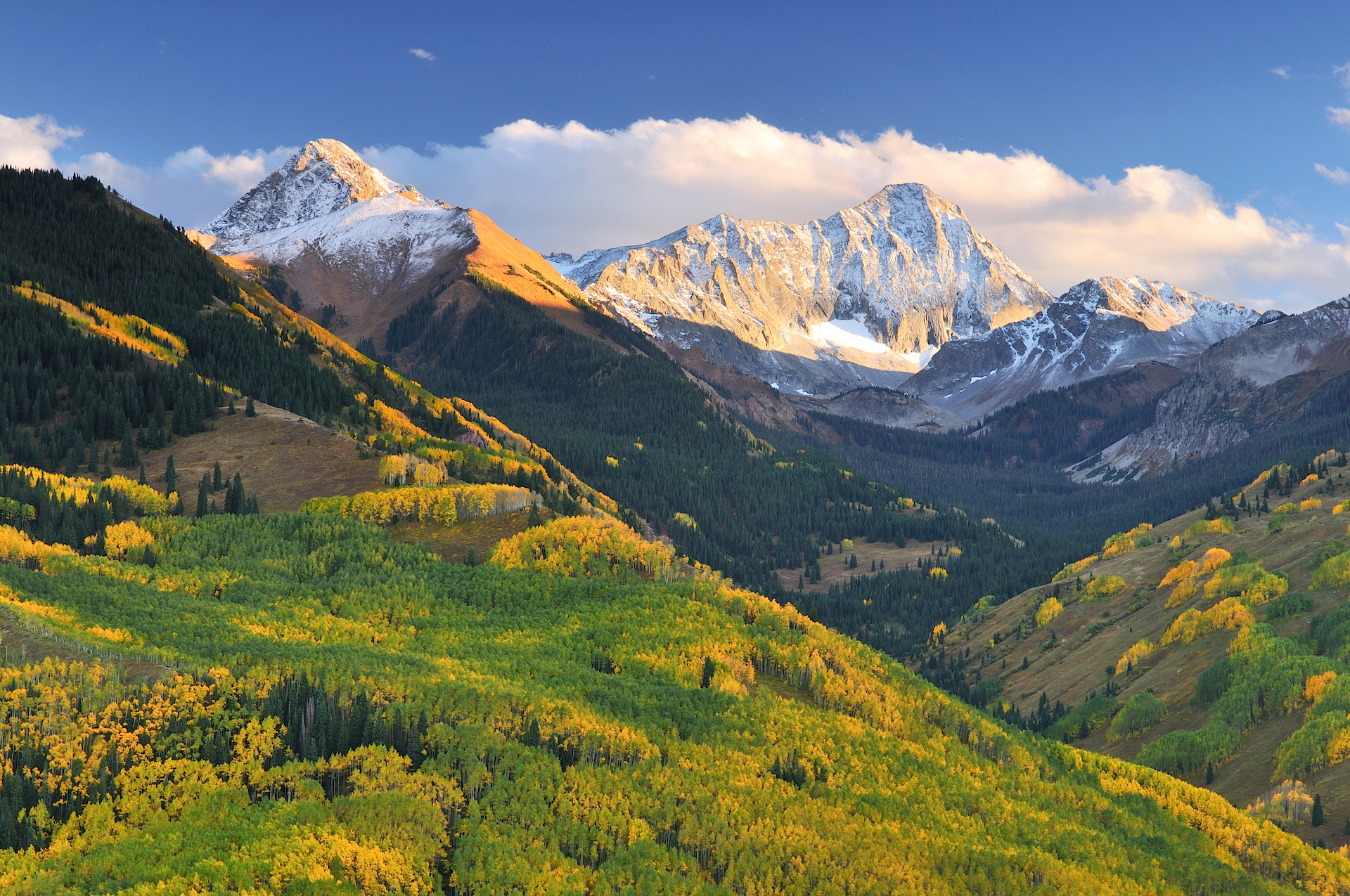When it comes to knocking off epic hikes, Coloradans are a rare breed. Whether you’re a transplant or a native, there are a few major hikes that are definitely on the bucket list for the avid hiker, and with summer finally melting the snow, it’s time to make secure permits, do your research, and get ready for one of these legendary Colorado hikes.
Safety First
We’re listing these hikes for avid hikers because we want to make sure you know what you’re doing when it comes to some fairly intense alpine climbing. Of course, hiking is for everyone, and someone with less experience can definitely go after one of these hikes. But, you’re going to need to do your research on the area, the route, and what precautions you’ll need to take. You should also hike with at least one partner, preferably someone with more experience either hiking or with the specific terrain you will be hiking on. Hikers of all levels should brush up on the basics before heading to one of these trailheads. Before setting out, make sure to:
- Check the local and summit weather. While it’s easy to simply look up the weather of the town the hike is near, this can be highly inaccurate to what you will actually encounter. Websites like Mountain Forecast and the National Weather Service website give you a much better look at the weather on the hike and at the summit (if you’re climbing a peak) at different times of the day. Use this level of detail to plan the date and timing of your hike to avoid bad weather. Dress appropriately for the weather by dressing in layers. Dress in warmer layers such as a down jacket if it will be colder, and carry rain gear if there is any chance of rain. In the summer, afternoon lightning storms often accumulate at the summit of tall peaks, which can quickly turn dangerous. Make sure you are off the mountain well before there is a chance of lightning.
- Obtain any necessary permits. Even if you aren’t planning on camping at the trailhead, you may need a permit for certain areas. If you are camping at the trailhead or making a hike a two-day trip, you will definitely need to locate dispersed camping, pay for a campsite, or obtain a wilderness permit.
- Research the route. While we give information on the hike itself, it’s up to you to make sure you can navigate the trail properly. Make sure you have a map and a compass with you — and make sure you know how to use them. Also keep in mind that these hikes are difficult on the way out and on the way back.
Now, on to the fun stuff. Note that we chose not to include the difficulty for this roundup because — they’re all difficult.
1. Longs Peak via the Keyhole Route
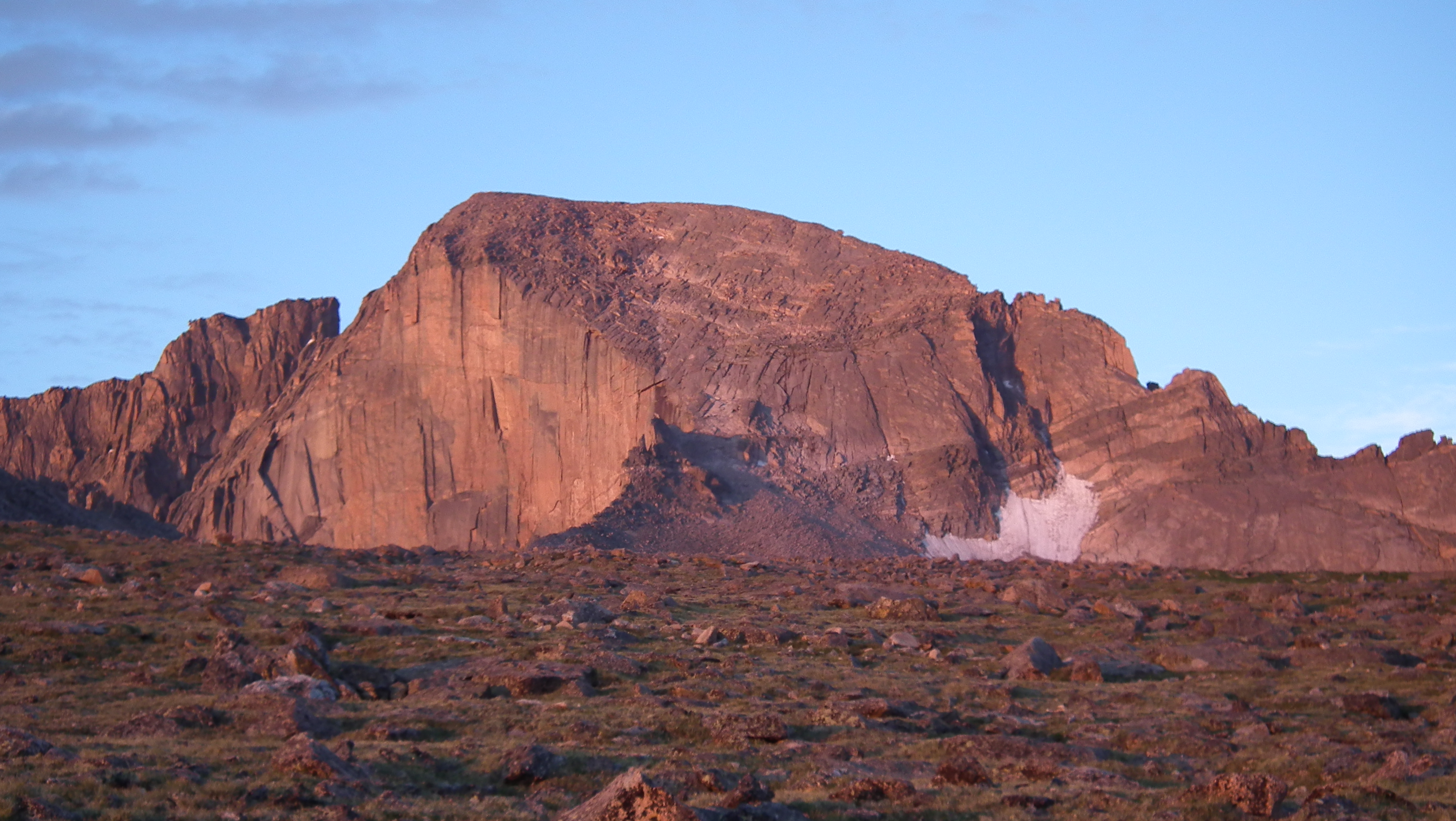
Distance: 13.1 miles
Location: Rocky Mountain National Park
The Lowdown: Longs Peak is at the top of the bucket list of many adventurous hikers. Use extra precaution when it comes to the timing on this hike, as lightning storms at the summit are especially common. You can camp at the base of the mountain or a few miles up the trail—with a permit of course—as you’ll want to start very early in the morning to avoid lightning and bad weather conditions. The trail is well marked and moderate in difficulty for the first few miles.
The most difficult section of the hike is the boulder field, which lies 5.9 miles into the hike. Scramble across this section before reaching The Keyhole, a small notch which hikers pass through. After passing through The Keyhole, the trail is very exposed and hikers will need to pay careful attention to their footing on narrow ledges. The trail continues along exposed features until you reach the summit.
2. Bison Mountain

Distance: 11.7 miles
Location: Pike National Forest
The Lowdown: The Bison Mountain trail tricks you at first with a relatively flat first mile. After that first mile though, you will quickly start ascending in elevation — 3,740 feet in total. Bison Mountain is notorious for its rock formations, with one section nicknamed “giants playground” due to the towering rock structures that look a bit like giant cairns. There is something of a scramble to the peak, and the summit itself is massive, spreading out over several acres.
3. Venable-Comanche Trail
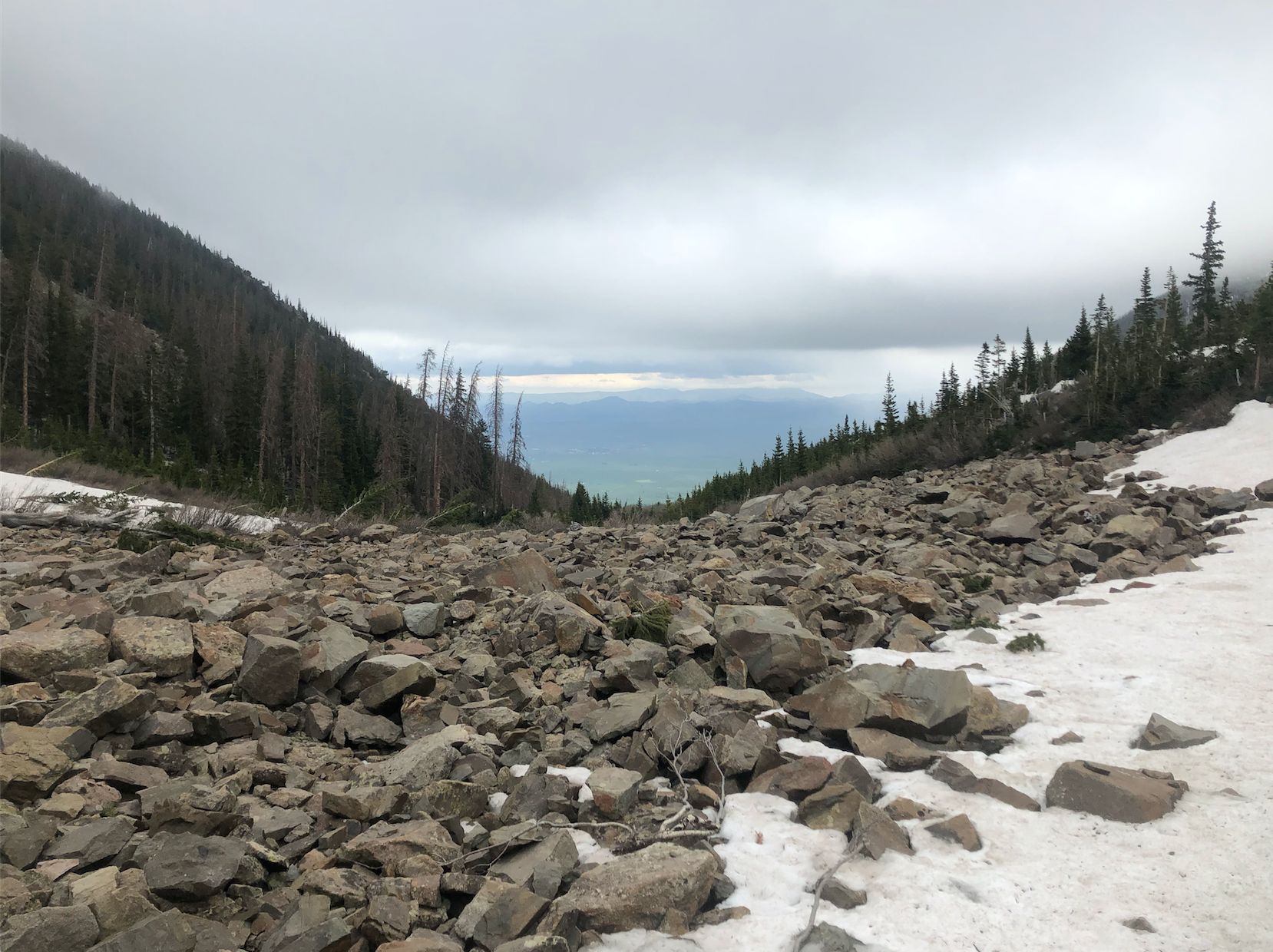
Distance: 12.3 miles
Location: Sangre de Cristo Wilderness
The Lowdown: The Sangre de Cristo Wilderness is a place where a solitude-seeking hiker can escape the crowds but still get in some challenging hikes. Many of the hikes in the area have quite the elevation climb, with Venable-Comanche coming in at 3,884 feet of incline. Venable-Comanche starts with a moderate ascent for the first few miles before zigzagging into a few switchbacks. The first true gem of the trail is a massive waterfall, Venable Falls. Then, climb past tree line for an alpine lake and sweeping views of southern Colorado.
4. Devil’s Thumb Lake
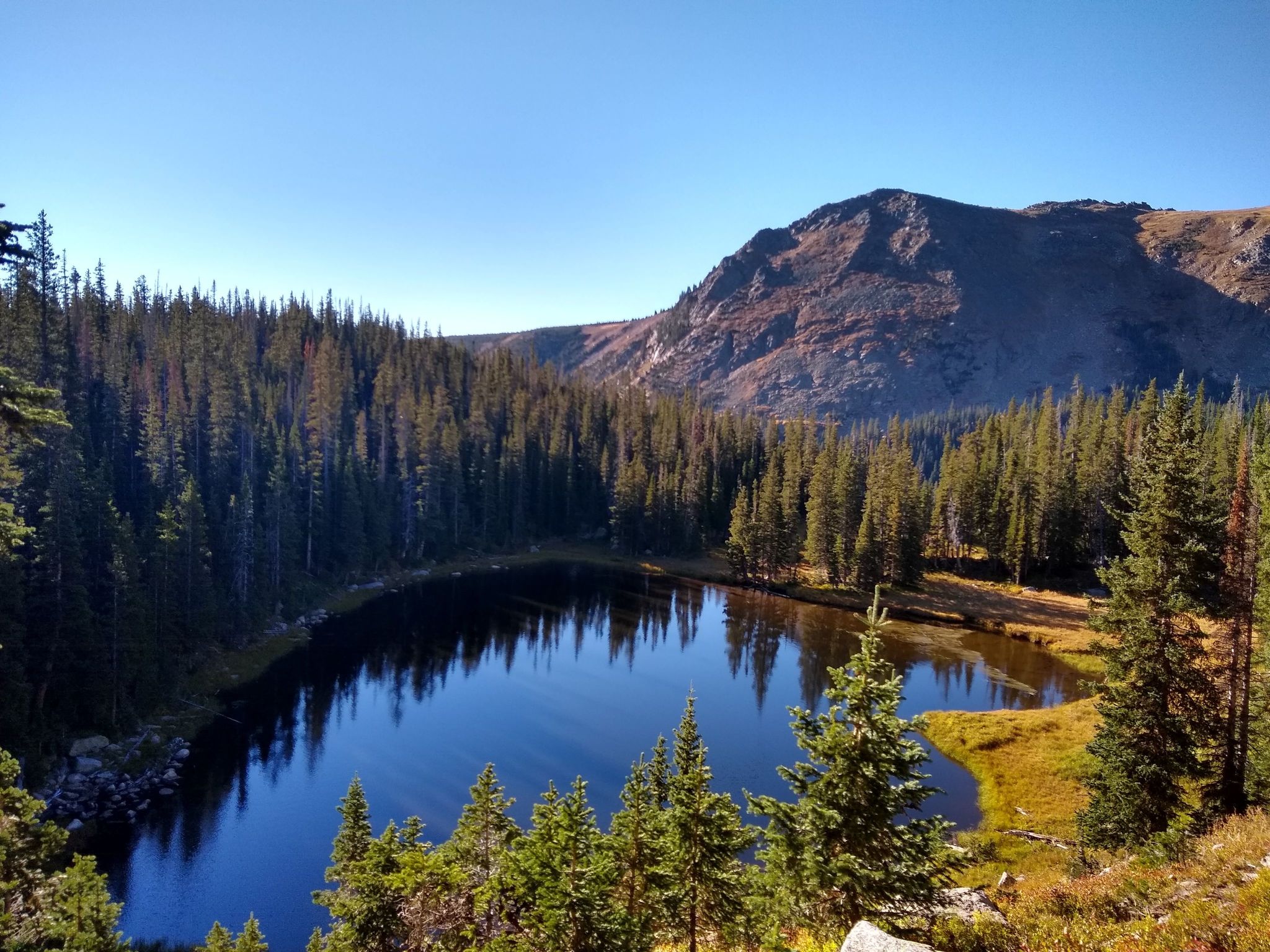
Distance: 12.1 miles
Location: Indian Peaks Wilderness
The Lowdown: This trail is known for its plethora of natural features including ponds, waterfalls and two beautiful lakes. There are also many moose sightings in this area. The truly steep climbing comes just before Jasper Lake, and obviously upon reaching the continental divide at the end of the hike, just past Devil’s Thumb Lake.
5. Capitol Peak
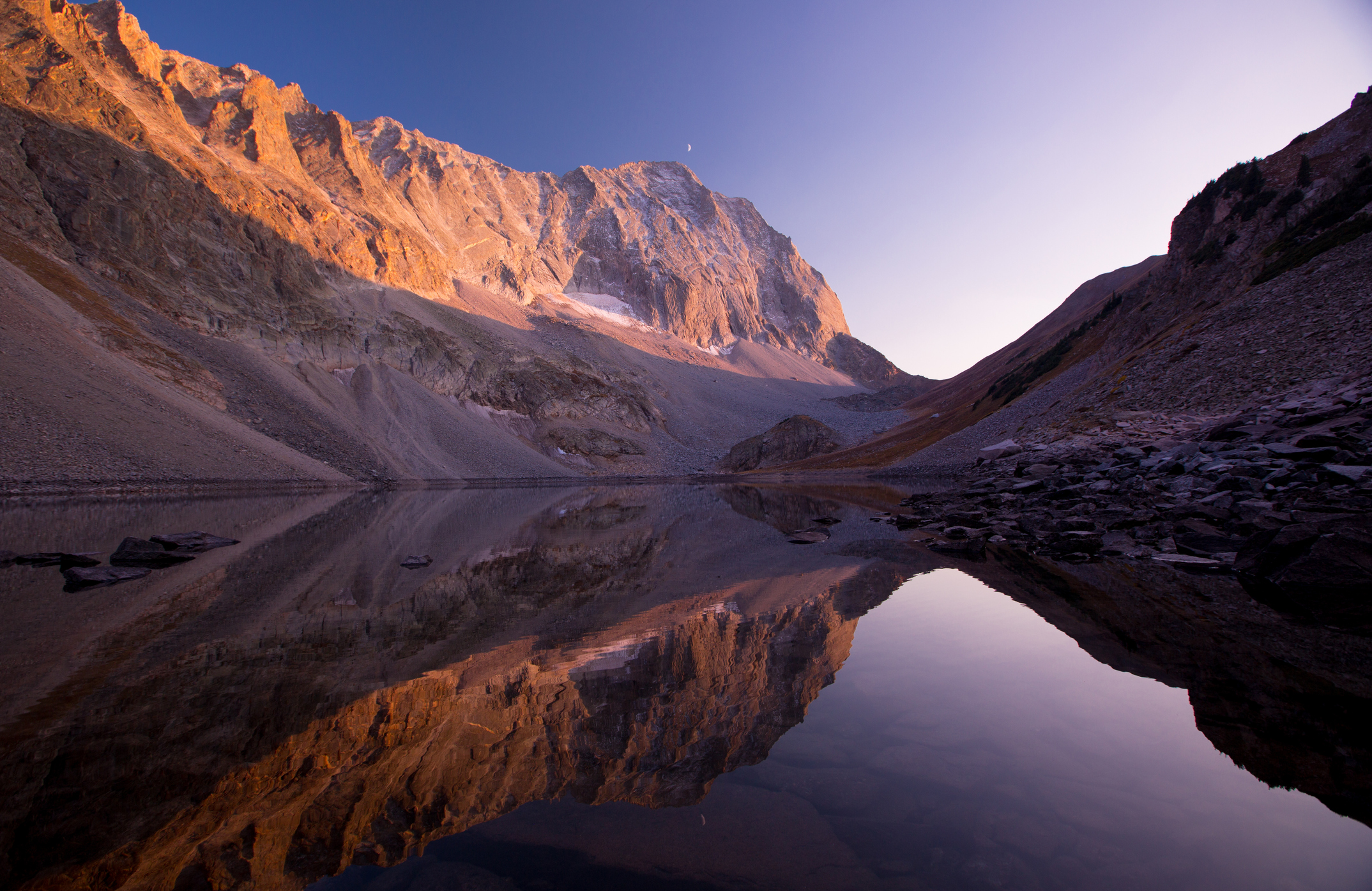
Distance: 15.1 miles
Location: Maroon Bells Snowmass Wilderness
The Lowdown: A notorious fourteener, Capitol Peak is strictly for the sure-footed, as loose rock and gravel pose a major hazard if you are to step off trail. This is a class IV mountain, and only for a truly experienced and prepared hiker. The trail loops through streams and meadows before arriving at Capitol Lake, a scenic area that can be camped at with a wilderness permit. You will then hike up and over the thirteener, K2. From there, hiking becomes rocky and exposed as hikers approach the infamous Knife Edge. The Knife Edge is where good footing becomes especially important, as you are hiking along a narrow path with gravel drop-offs on each side. This is the hardest and final section before summiting Capitol Peak.
6. Saint Vrain Mountain
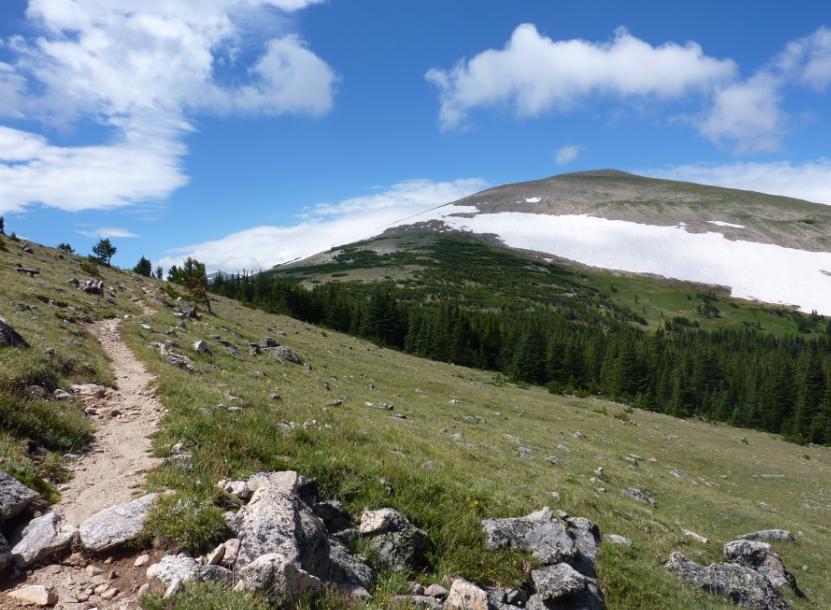
Distance: 8.2 miles
Location: Indian Peaks Wilderness
The Lowdown: The Saint Vrain Mountain trail begins in a heavily forested area before meeting up with the Saint Vrain Creek. The trail follows the creek for several miles until you reach a round of switchbacks. Before the trail enters Rocky Mountain National Park, you will have an overlook of Wild Basin. Once you enter the park, you will begin climbing back into the Indian Peak Wilderness as the mountain straddles the two areas. From here, the trail becomes more difficult as it is not maintained. However, actual terrain is easier than some of the other hikes on this list, balancing things out. The final push to the summit is the steepest hiking of the trail.
7. Five Lake Loop

Distance: 12.2 miles
Location: Rocky Mountain National Park
The Lowdown: The Five Lake Loop trail in Rocky Mountain National Park allows hikers to see some of the highest and most beautiful terrains in the park in a single hike. Starting at Bear Lake, the trail climbs to the Flattop Mountain Split and then descends to Lake Helene. Then, make your way along the west side of Joe Mills Mountain before reaching Odessa Lake and quickly descending to Fern Lake. The trail then winds down switchbacks to Cub Lake, then back upwards towards Bear Lake. During this final section, wildlife sightings are common, making the final push a bit more fun!
8. Pyramid Peak

Distance: 7.2 miles
Location: White River National Forest
The Lowdown: Don’t let the shorter mileage fool you—this is quite a difficult and often dangerous summit. The trail begins along Maroon Lake and Maroon Creek, and then takes you along a flat and rocky area before zig-zagging through switchbacks. From there, it’s all rock hopping, traversing and scrambling. You’ll definitely want to carry a map on this one and research the trail, as navigation proves difficult without a clear trail. The final summit push is 500 feet of winding up narrow switchbacks before you stand atop the peak.





